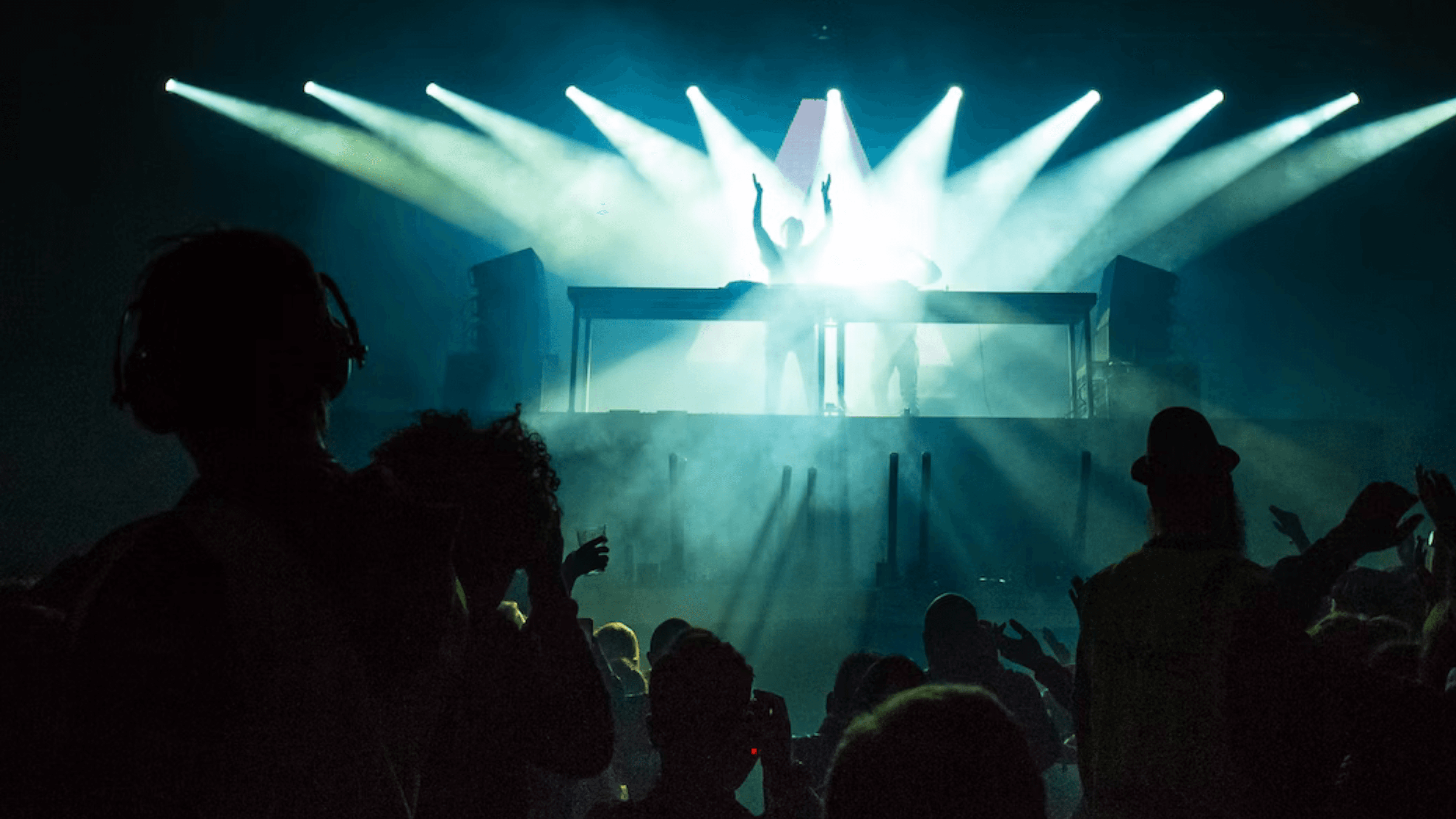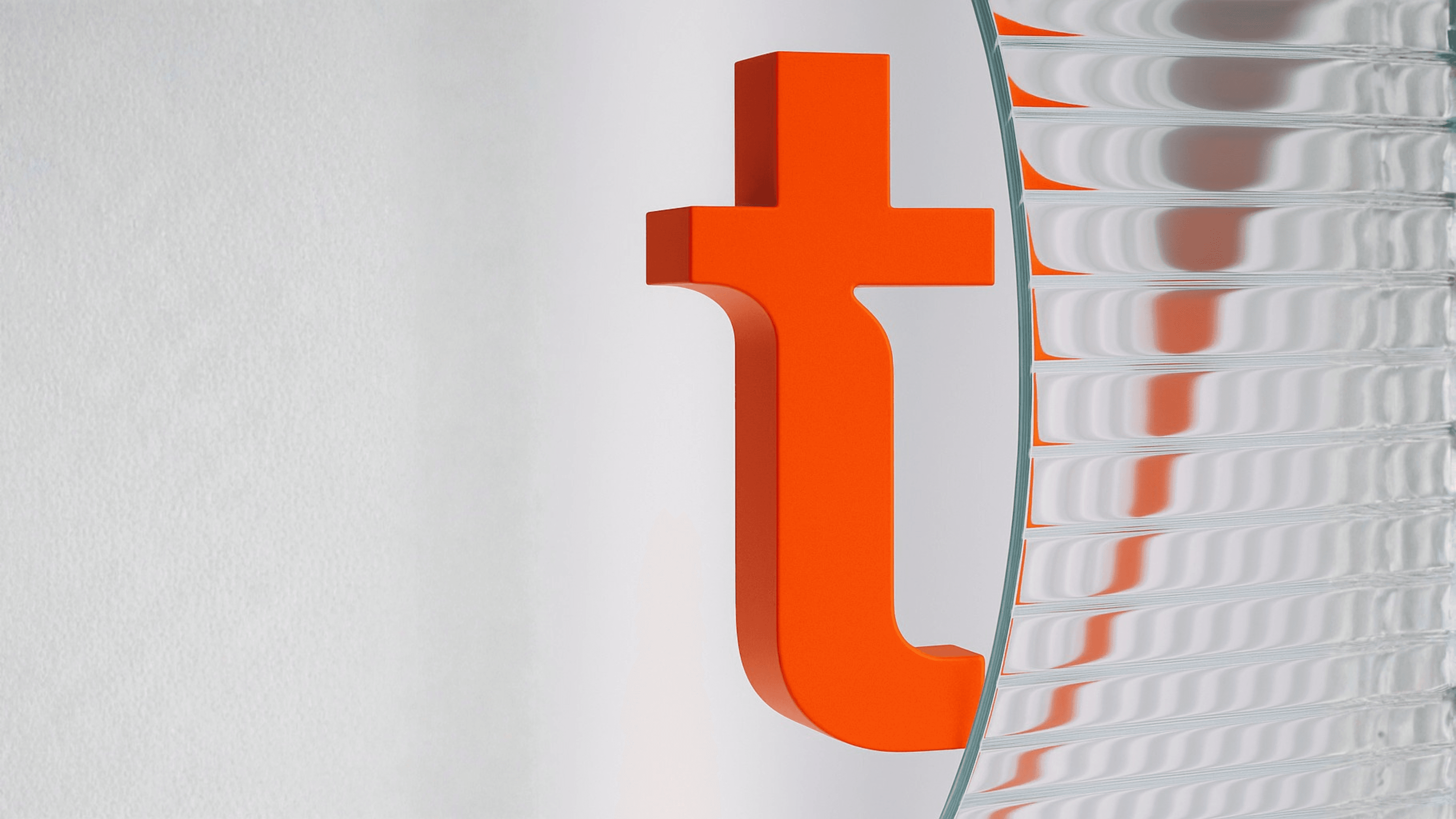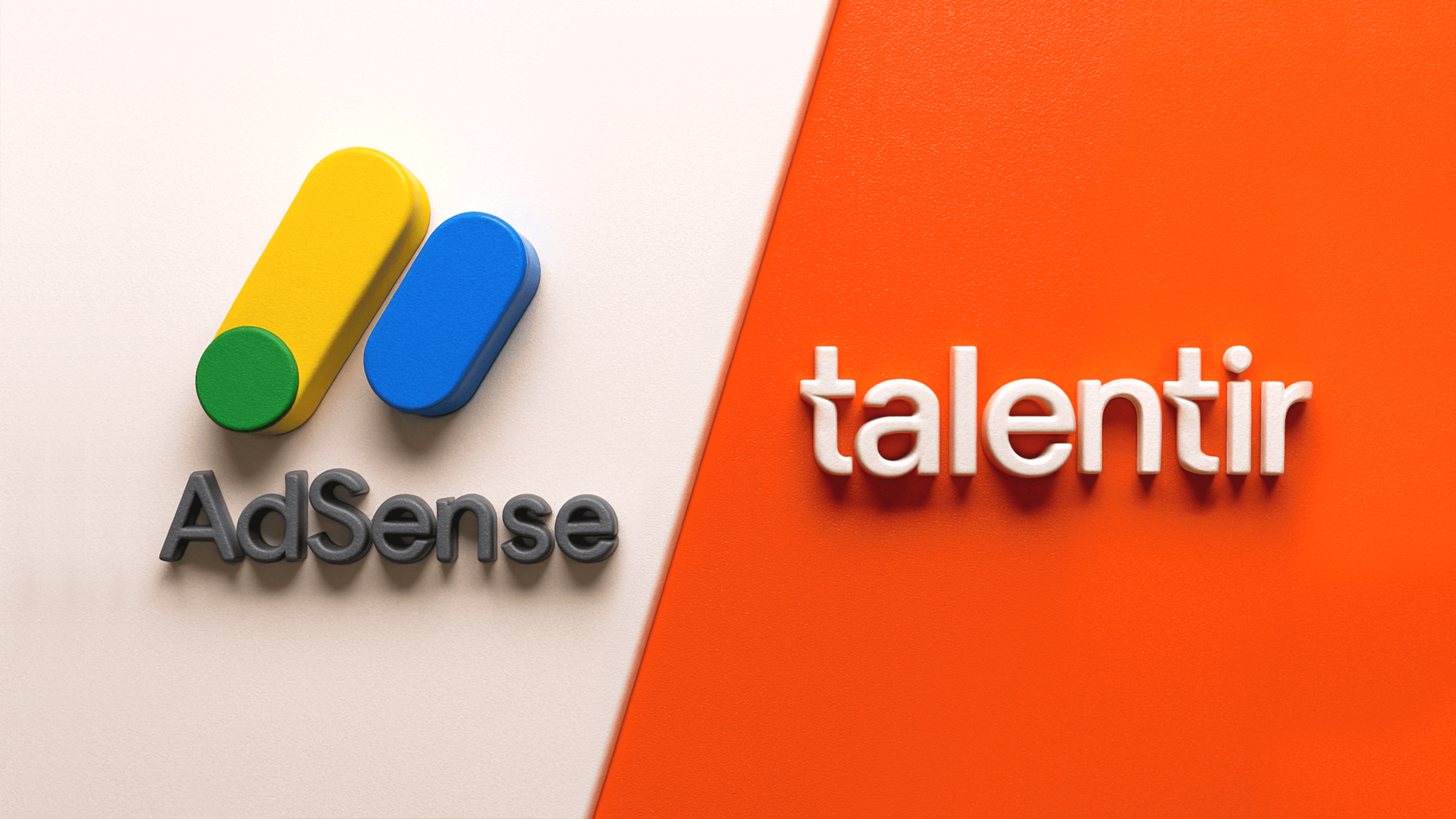For songwriters and publishers, performance royalties are one of the critical components of their revenues. And in the digital era, especially with the growth of streaming platforms, performance royalties have become an essential source of income for many artists. But the digital age has its challenges regarding collecting and distributing performance royalties. It’s become more complicated for songwriters and publishers to collect 100% of their revenue streams.
At the bare minimum, it’s a right for artists to demand fair compensation for their creativity! And the first step towards ensuring that artists and publishers are fully compensated for their work is to know who pays performance royalties and collects them. These will be the main focus of this guide.
What are performance royalties?
Performance royalties are the fees music users pay when music is performed publicly. Ideally, music users need to obtain a license from the songwriters and publishers of the musical compositions they want to use. This license gives them the right to publicly broadcast or perform the music in exchange for a fee. This fee is the performance royalty.
Performance royalties are revenues paid to songwriters and publishers for any public broadcast or performance of their musical compositions. These royalties are the license fees generated from businesses and streaming platforms that play the music, like live venues, TV and radio stations, and online streaming platforms. Note that public performance royalties are applied to music and sound recordings and any public performance of a musical composition, such as at concert venues.
![]()
When are performance royalties paid?
Any public performance of a musical composition incurs performance royalties. Public performance royalties are paid to songwriters and publishers for the public broadcast or performance of their musical compositions. These royalties come from license fees paid by businesses or platforms that use music, such as radio, TV, live venues, or streaming services. Performance royalties are generated when a song is publicly performed. Performance royalties are also generated when a song is performed live (whether by the original artist or another performer).
But, when you are outside and hear music, whoever wrote that song is owed performance royalties. Any business that wants to play music within its premises must obtain a license. When your song is played on the radio, streamed online, or performed live, you are entitled to receive a payment using your music.
When someone privately streams music from a streaming platform like Apple Music or Spotify, the platform pays royalties to the rightsholders of the musical composition and sound recording. These royalties are typically divided into two parts: one for the composition (paid to the songwriter and publisher) and one for the sound recording (paid to the recording artist and record label). The composition royalties are further divided into mechanical royalties and public performance royalties. We’ll discuss the difference between performance royalties and mechanical royalties later in this article.
How do performance royalties work?
The entire process of how performance royalties work can be summarized in three steps:
- The songwriter or publisher registers their songs with a Performing Rights Organization (PRO).
- The PRO tracks the use of music in public.
- The PRO distributes the royalties to the songwriters and publishers entitled to them.
You can imagine how tedious and time-consuming it could be for artists to track the use of their songs and get paid. Typically, songwriters and publishers must register their music compositions with a PRO and Collective Management Organizations (CMOs) for them to be eligible to collect their performance royalties. They must submit their compositions and setlist to ensure their performances are accurately tracked.
The primary function of PROs and CMOs is to collect the license fees from these music users, which it then distributes to the songwriters and publishers as performance royalties. If songwriters and their publishers are not registered with a PRO or CMO, they will not receive the performance royalties they are owed. To fully understand how performance royalties work, we'll discuss who pays and collects them.
Who collects performance royalties?
Performance royalties are collected by Performance Rights Organizations (PROs) and Collective Management Organizations (CMOs). PROs act as intermediaries between artists and the entities using their music for public performances. They monitor and track performances, collect licensing fees from venues, broadcasters, and streaming platforms, and ensure that the appropriate royalties are distributed to the rightsholders.
CMOs operate globally and collaborate with PROs. They ensure that artists receive compensation for their performances, regardless of the country.
While many countries have their own Performing Rights Organizations (PROs), not all do. However, songwriters and publishers in countries without a PRO can still receive performance royalties through agreements with PROs in other countries. These agreements allow the foreign PROs to collect and distribute royalties to the appropriate parties on behalf of the songwriters and publishers from the country without a PRO.
Performance royalty rates
Firstly, there’s no set rate for performance royalties. The rates vary depending on each public performance's specific circumstances and agreements. And that means not all musical compositions attract similar performance royalties. Therefore, songwriters and publishers must understand how performance royalties are calculated and split.
Note that the calculation of performance royalties can vary depending on the country and the PRO that collects and distributes them. So, read the fine print when you sign-up with PROs globally. But universally, the rate of performance royalties is based on the terms of the distribution and recording agreements.
After calculating the royalties, PROs distribute the payments to the songwriters and publishers based on predetermined splits. Again, the specific details and calculations can vary between PROs, CMOs, and countries.
How to collect performance royalties
Songwriters must join a PRO or CMO to collect their performance royalties. These organizations establish licensing agreements with establishments and platforms that publicly use music, ensuring proper payment terms. Venues, broadcasters, and streaming platforms pay licensing fees to these organizations, distributing them to the respective rightsholders.
PROs also form direct agreements with international CMOs to facilitate the global licensing of artists' music compositions. Global licensing enables songwriters and publishers to earn performance royalties worldwide.
PROs employ digital fingerprinting and manual matching to identify performed songs by comparing data from music users with their registered song databases.
If an artist is not registered with a PRO, they will not receive performance royalties for their music being played on streaming platforms like Spotify. Note that artists who are not registered with a PRO can still receive other types of royalties, such as mechanical royalties. However, artists need to register with a PRO to ensure that they receive all of the royalties they are owed using their music. Here’s a list of PROs globally.
Who pays performance royalties?
Music users primarily pay performance royalties. PROs issue licenses to music users, such as radio and TV stations, streaming services, and public event organizers, which allows them to play the music in the PROs catalog. In turn, PROs track the music usage and then distribute the collected royalties to the songwriters and publishers. The split of the performance royalties depends on the agreement between the songwriters and publishers.
![]()
Interactive streaming services, such as Spotify, Apple Music, and Amazon Music, allow users to choose the specific songs or content they want to listen to or watch. These services pay recording artists through record companies, labels, copyright management companies, or distributors. They make three different payments to rightsholders – mechanical royalties, public performance royalties, and payout to recording owners.
On the other hand, non-interactive digital streaming services pay digital performance royalties for streaming musical content. These royalties are paid to performing artists each time a sound recording is streamed on non-interactive digital streaming services. Note that interactive digital streaming services do not pay digital performance royalties to recording artists, just songwriters (or composition owners).
What’s the difference between performance and mechanical royalties?
As mentioned, performance royalties are paid to songwriters and their publishers in exchange for the right to broadcast or perform a copyrighted musical composition in any public setting. Mechanical royalties, on the other hand, are paid to songwriters and publishers for the reproduction and distribution of a musical composition, such as when a song is streamed or downloaded.
While performance royalties are prominent in the digital era, in most cases, both performance and mechanical royalties are intertwined.
For example, streaming services like Spotify pay both mechanical and performance royalties. When a song is streamed, the songwriter and publisher are owed both mechanical and performance royalties. Mechanical royalties are paid for the reproduction and distribution of the musical composition, while performance royalties are paid for the public performance of the composition through the interactive digital stream. Traditionally, mechanical royalties got paid out of sales generated by the distributors.
Here’s a quick snapshot of performance royalties vs. mechanical royalties:
Performance Royalties
- Paid for the public performance or broadcast of a musical composition
- Collected by PROs on behalf of songwriters and publishers
- Includes radio airplay, TV broadcasts, live performance in venues like bars and clubs, and interactive digital streams
- Calculated based on various factors, including the type of performance, the license fee paid by a station or group of stations, the number of hours included in the appropriate survey, etc.
- Distributed to songwriters and publishers based on their share of the composition
- Paid by the business or organization that is playing the song
Mechanical Royalties
- Paid for the reproduction and distribution of a musical composition
- Collected by publishers, collecting societies, and mechanical agencies
- Includes physical sales, downloads, and streaming
- Calculated based on the number of copies sold, downloaded, or streamed
- Distributed to songwriters and publishers based on their share of the composition
- Paid by the record label or distributor
How to elevate your royalties with Talentir?
We understand the importance of empowering artists and creators to maximize their royalties, especially from YouTube. Talentir is the first platform to turn YouTube videos into an asset you can buy and sell. It lets creators and artists share parts of their videos with their fans, which helps to build a close and authentic community. With Talentir, royalties become scalable, enabling distribution to many fans. We focus on artists and creators, ensuring a seamless and user-friendly process. Talentir is the backbone, facilitating an effortless experience to make shared ownership and payouts a reality. The more people own and interact with a video, the more popular and profitable it becomes. Got curious about how it works? Explore Talentir now.
The bottom line
Performance royalties are a vital component of the music industry, compensating songwriters, composers, and music publishers for the public performance of their works. And for songwriters to receive what they are duly owed for their compositions, they must understand who pays and collects their performance royalties. This has been the central theme of this guide. We've discussed performance royalties, how they work, who produces and collects them, and how they differ from mechanical royalties.
FAQs
How are performance royalties calculated?
Performance royalties are calculated based on various factors, including the type of performance, audience size, duration of the performance, and licensing agreements in place. Rates may differ depending on the platform or region, and they are often determined through negotiations or industry standards.
How do performance royalties work?
When a song is performed publicly, performance rights organizations (PROs) or collective management organizations (CMOs) collect fees from the venues, broadcasters, or streaming platforms. These organizations then distribute the collected royalties to the appropriate artists and rights holders.
What’s the difference between mechanical royalties and performance royalties?
Mechanical and performance royalties are two different types of royalties paid to songwriters and publishers. Performance royalties are paid for the right to play a composition in public. Mechanical royalties are paid for the right to reproduce a composition through recording, manufacturing, and distributing the work.


